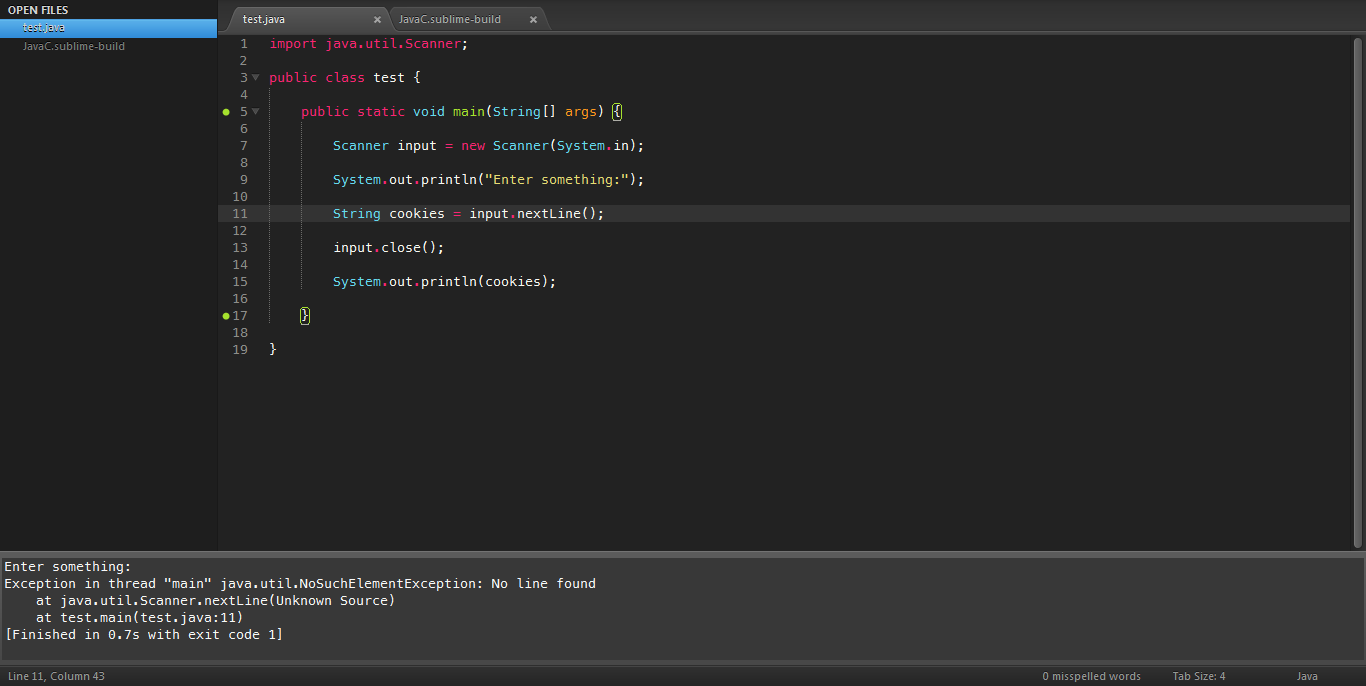

Now, press Ctrl + B and you will see the magic happens: the current Java source file is compiled and then executed (if no compilation errors).That’s how to compile and run a Java program with Sublime Text 3 in simple way. Sublime captures and displays the program’s output right inside the editor like this: If you want to compile and run a Java program in just a single keystroke, modify the RunJava.sublime-build file as follows: Save the file. Then you could see the new build appears in the menu like this: Now, to run the current Java source file, set the default build as RunJava and press Ctrl + B. So to run a Java source file, we need to configure the build system a little bit.Click Tools > Build System > New Build System… And in the untitled.sublime-build editor, type the code as follows: Save this file as RunJava.sublime-build in the folder prompted by Sublime. However, Sublime Text 3 doesn’t have build-in support for running a Java program. How to implement remember password feature.How to implement forgot password feature If you install that package, you gain access to the ability to open a terminal emulator directly inside of Sublime text.How to read password-protected Excel file in Java.Java File Encryption and Decryption Example.Compile and run a Java program with Sublime Text.Compile and Run a Java Program with TextPad.File Upload to Database with Spring and Hibernate.File Upload to Database with Servlet, JSP, MySQL.Step 3: Now go to Preferences >Package Settings >. If you run the following command, it should open up Sublime Text: open -a /Applications/Sublime Text. Wait for it to Complete installation and Restart sublime text. in Sublime: Tools -> Build System -> New Build System Save the file with a reasonable name, and with the extension. Win/Linux should be the same, once you get into your Preferences. Java Servlet and JSP Hello World Tutorial First, make sure that everything is set up correctly. Sublime Text -> Preferences -> Package Control -> Package Control: Install Package -> Terminus (This is the Mac location of Preferences.


 0 kommentar(er)
0 kommentar(er)
